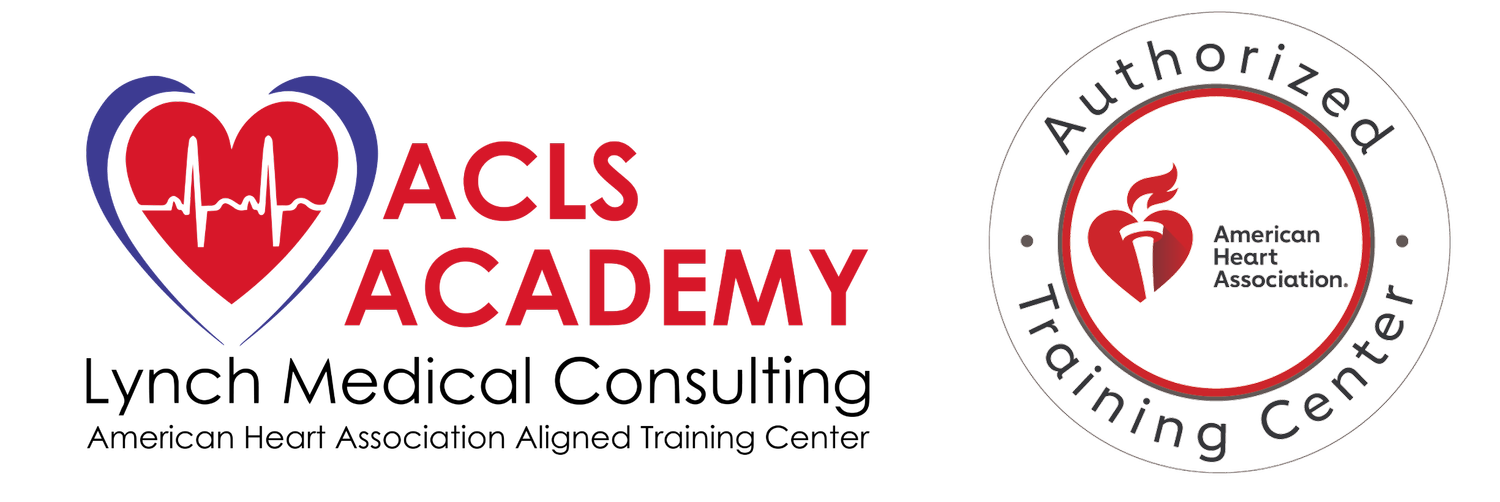As healthcare professionals and teachers, our team at ACLS Academy has the privilege of working closely with various organizations in the Boston area. One of the organizations that have become near and dear to us over the years is Six10 AED, and today, we're sitting down with the founders to share more about what they do and how you can get involved!
In 2019, Six10 AED and ACLS Academy's Jenna Kennally discussed the partnership with Partners in Development and Glendora, Mississippi. Glendora is a rural community with no access to an AED. The average response time in Glendora is about 30 minutes and the average time to the closest Emergency Department is 45 minutes- meaning an AED would be a true lifesaving device to the community. Co-founder of ACLS Academy and Professor at the University of Massachusetts Dartmouth, Shelley Lynch, has led teams of nursing students to Glendora. She met with Six10 AED to discuss the need. Six10 AED donated an AED donated to the community, and we were able to use funds raised by the nursing students to mount an all-weather AED box to the outside of the Glendora Clinic. In February of 2020, Shelley, Jenna, and a team of University of Massachusetts Dartmouth's nursing students educated and certified ten employees of Partners In Development's in American Heart Association's First Aid/ CPR/ AED use.
When someone calls 9-1-1 in Glendora, EMS has a code to open the box for direct access to the AED, and the community of Glendora will always have access to this lifesaving device thanks to a donation from Six10 AED.
ACLS Academy has a special relationship with Six10 AED, but for those introduced to your organization for the first time, tell us about yourself!
Our names are Jessica, Erika, and Denise. Jessica is my sister, and Denise is our Mother. We are originally from Mendon, Massachusetts, and huge fans of all things New England! We are a very close-knit family and are the founders of Six10 AED. Six10 AED's mission is to spread awareness of Sudden Cardiac Arrest and equip all local police stations with an AED to help our communities better. We raise funds to purchase and donate to police stations in hopes of saving the lives of others.
What made you decide to start Six10 AED?
On June 10, 2017, we tragically lost our dad, Dave Greenwood, to a cardiac event. Although CPR was started right away, he needed an AED. Unfortunately, the first responder on the scene, a local police officer, did not have one. By the time an AED arrived, it was too late to save our dad. We decided that although our story did not have a happy ending, that didn't mean someone else's story couldn't. We didn't want any other family to have to go through the same suffering like us.
What is the mission of your organization?
Our mission is to spread awareness for Sudden Cardiac Arrest and ensure that every first responder is equipped with an AED.
Since starting Six10 AED in 2017, what is your proudest accomplishment?
We have dedicated the last couple of years to working closely with local legislators to pass legislation that would mandate AEDs in police cruisers. Although we have not quite accomplished this goal, we have been able to share our story and educate individuals on the seriousness of SCA and how essential and crucial AEDs are in saving lives. When AEDs are used within the first minute, there is a 90% chance of survival, and within the first 5 minutes, there is a 50% chance of survival. This is why it is so vital that our officers can respond quickly and effectively to save lives. While we work hard to get legislation passed, we also have been able to donate several AEDs to various police departments in the state of Massachusetts.
We know from experience that running a business is so rewarding, but it can be challenging! Tell us, how do you push forward when things get difficult?
It can be challenging, and we each have full-time jobs, and it can be hard to coordinate everyone's schedules. We sincerely believe in our mission, though, and know that the work we are doing is helping to save the lives of others. We understand the pain of losing a loved one, and we all would do anything to spare another family from feeling that suffering.
Even though we are more than halfway through the year, what are some of Six10 AED's goals for the rest of the year?
We are hoping to raise more funds to donate more AEDs to Massachusetts police stations while spreading awareness of SCA and educating others on the use of AEDs.
What would make the greatest difference in helping your organization reach its goals?
We are very hopeful that legislation will soon be passed mandating all first responders be equipped with an AED. This legislation would be an amazing accomplishment that could save countless lives.
I wish more people understood the importance of AED's. They should make sure their local police departments have working AED's. Six10 AED is a small organization, and we are hoping to get the word out that we exist and we can help!
How can people get involved in your organization?
People can help in a variety of ways. Each year we hold a golf tournament, 'The Duncan Classic,' in memory of our dad. All proceeds from the tournament go towards buying more AEDs. We always look forward to hosting this fun event to bring people together to enjoy one of the things our dad loved most, golfing! And for those who might not play, we are always looking for volunteers to help us out. And as we continue to grow, we will be looking for volunteers that can help out with website design and marketing and legal and tax advice.
To learn more and to get involved with Six10 AED, you can visit their website!




